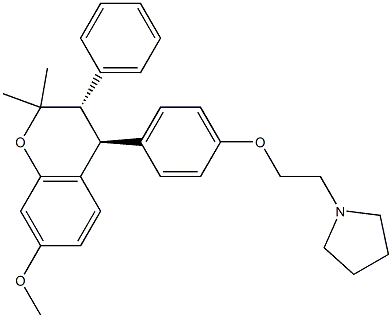Uses
Cellulose Sulfate Gel (cas# 9032-43-3) is a compound useful in organic synthesis.
Preparation
Completely water-soluble, highly viscous sodium cellulose sulfate semiesters are obtained in homogeneous systems by the reaction of cellulose nitrite. The intermediate that is formed and dissolved, cellulose nitrite, is obtained in the N2O4/dimethylformamide system and is at the same time transesterified by the SO3/DMF complex. Uniformly substituted cellulose sulfate with a range of DS values between 0.3 and 2.0 and solution viscosities up to 7000 mPa ·s (in 1 % solution) can be obtained by using this process. Such transesterified products can be cross-linked by metal ions to form highly effective thickening agents for aqueous media.
General Description
Cellulose sulfates are the most frequently investigated of all other inorganic cellulose esters. The ability of concentrated sulfuric acid to dissolve cellulose, particularly in concentrations between 70 and 75 %, has been known since 1819. After precipitation immediately following dissolution, the cellulose contains little or no bound sulfate. An almost homogeneous esterification takes place only if the cellulose is left in a sulfuric acid solution over a longer period of time. However, the ester yield is very poor. The major portions of the reaction products consist of hydrolytically split decomposition products with a maximum degree of substitution of 1.5.
